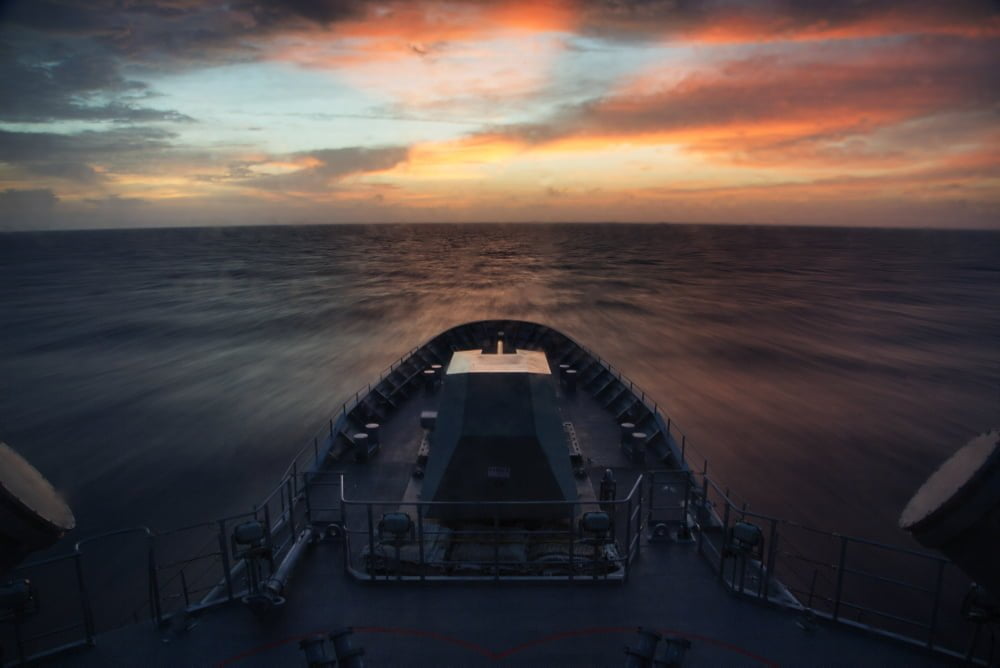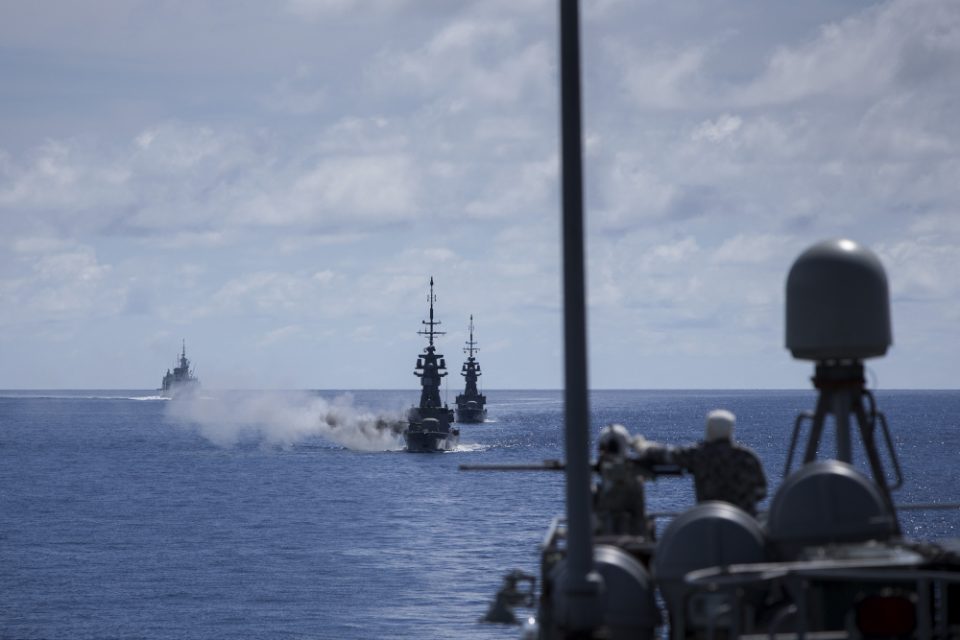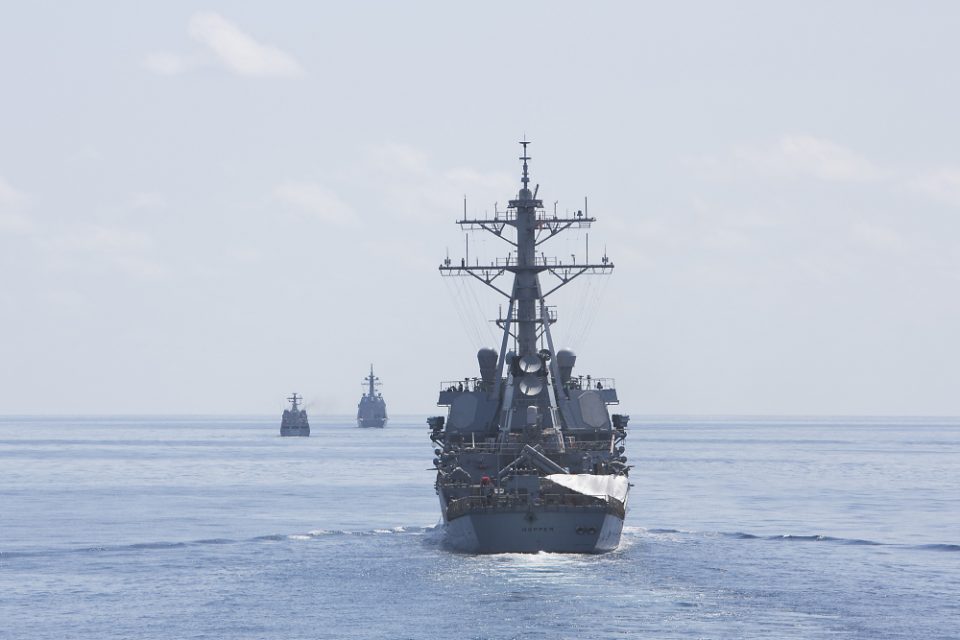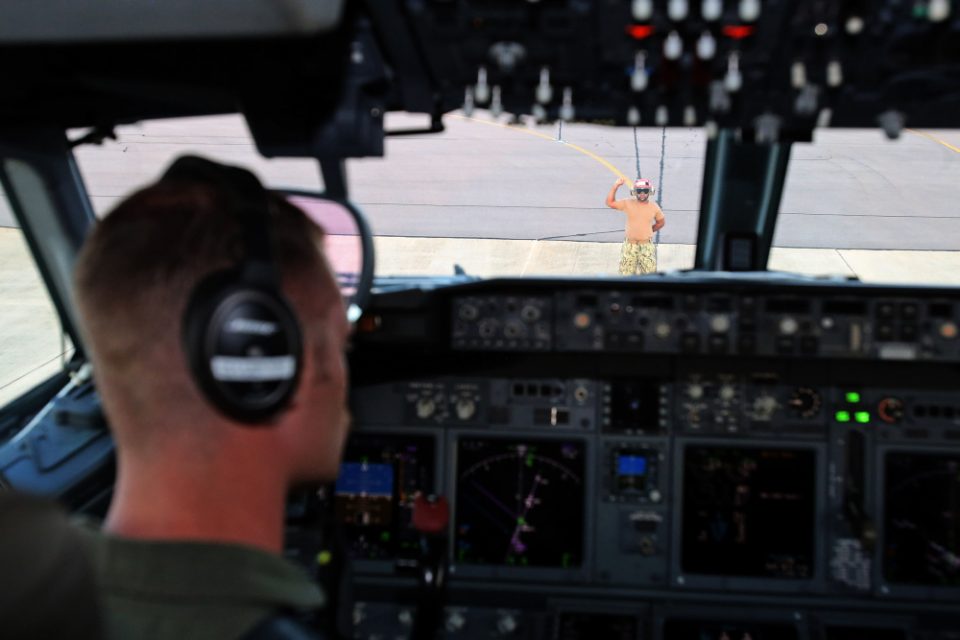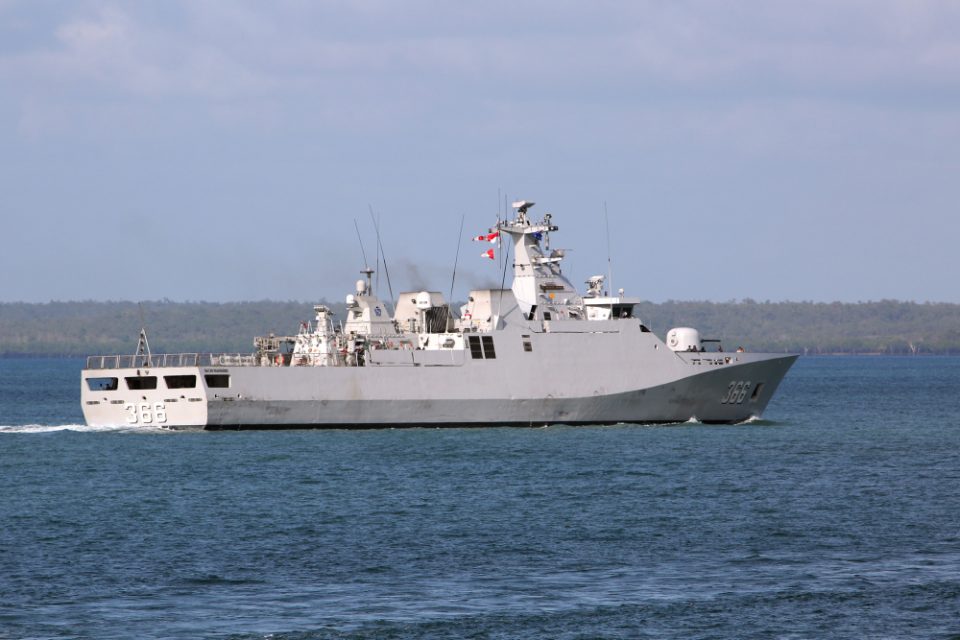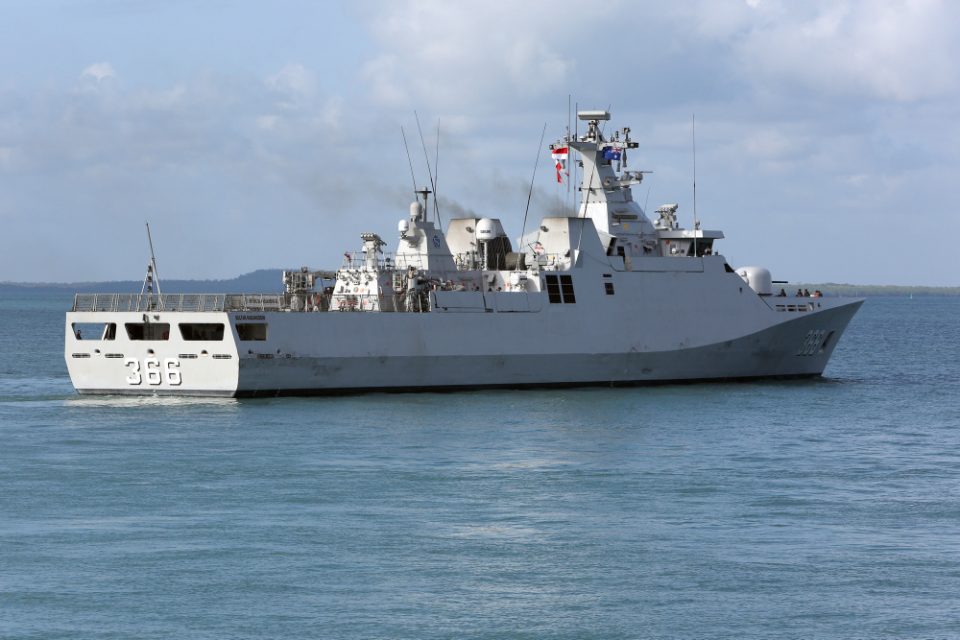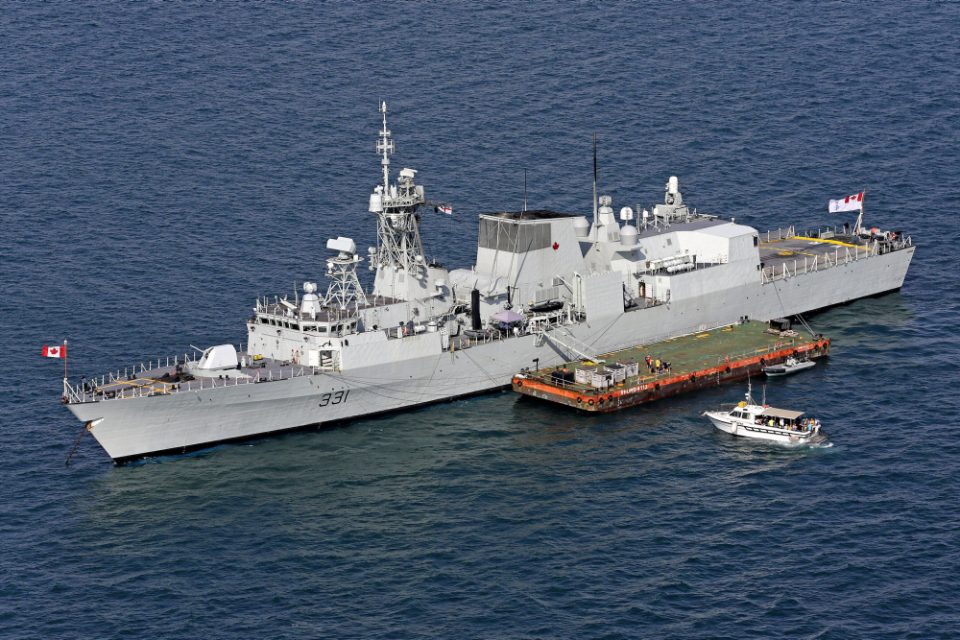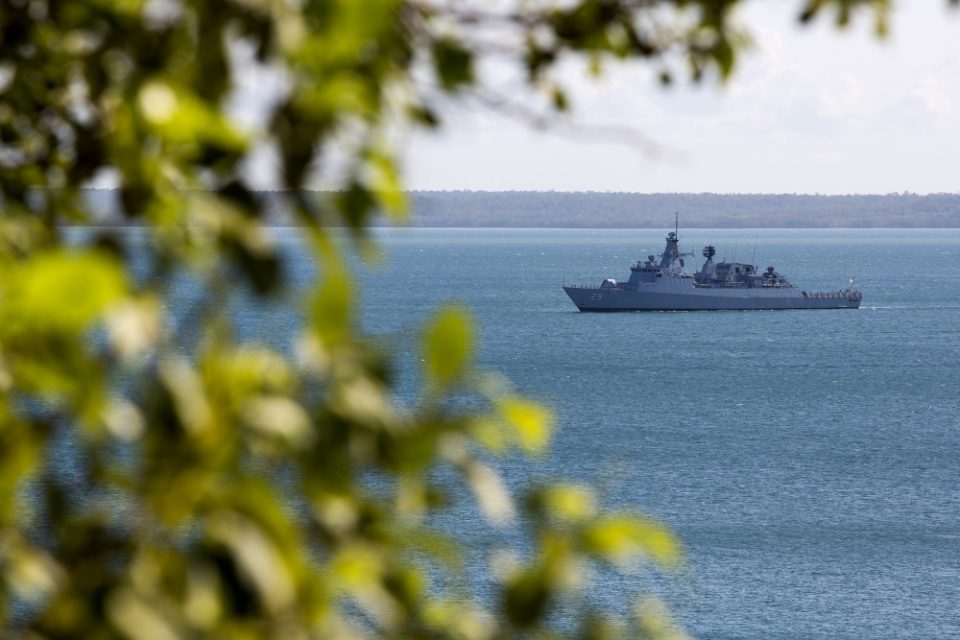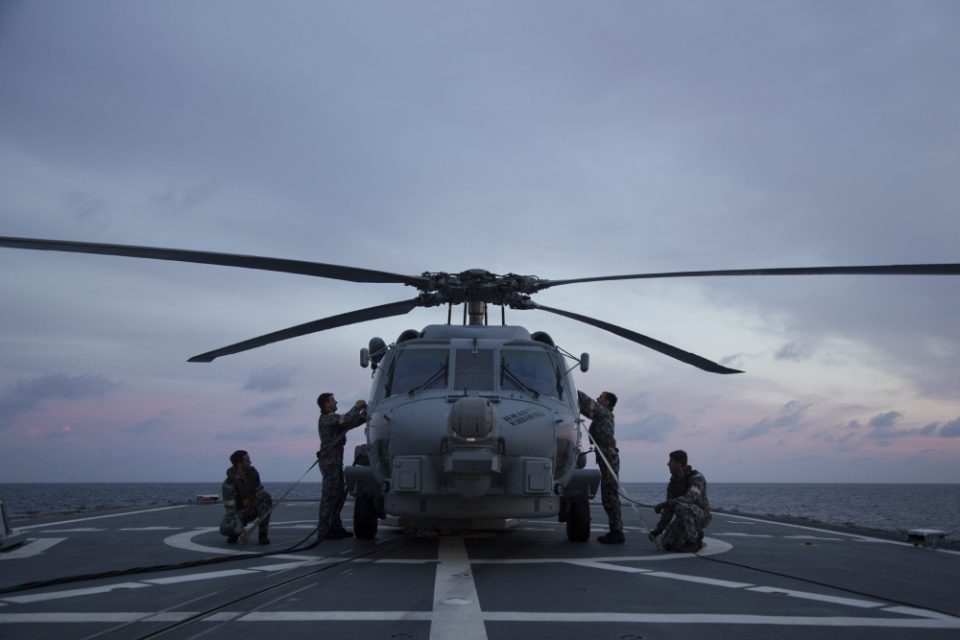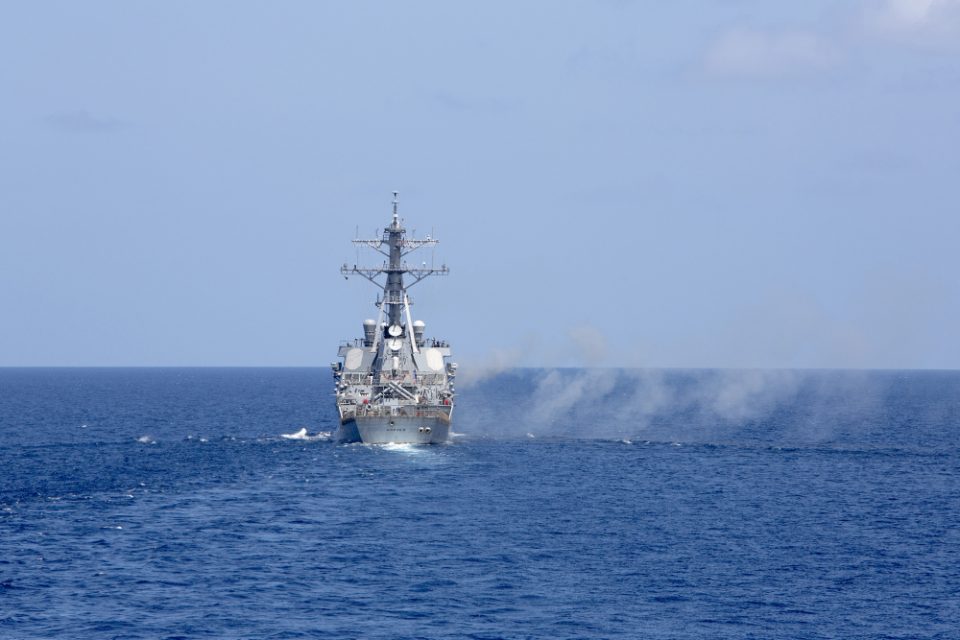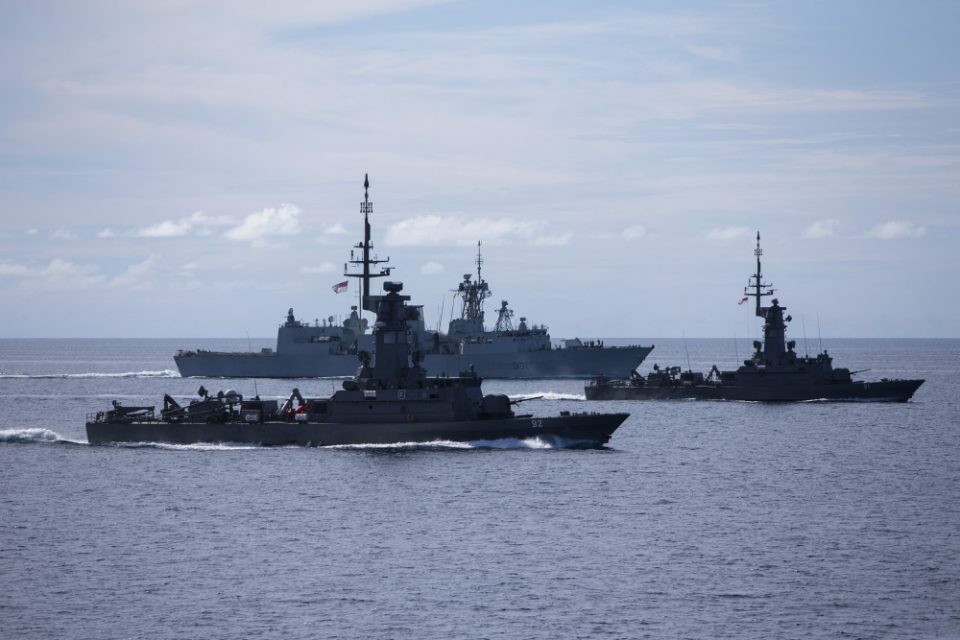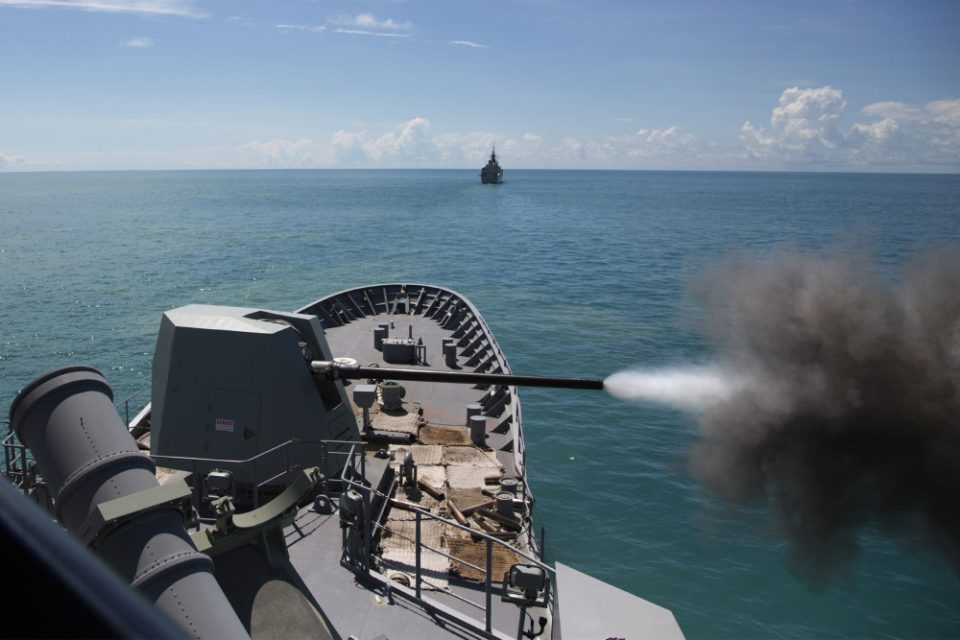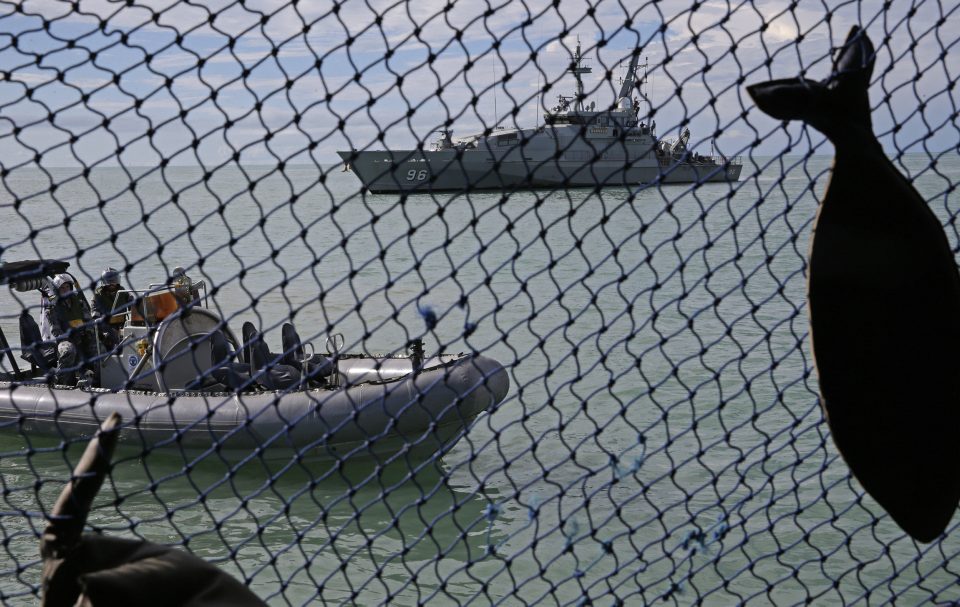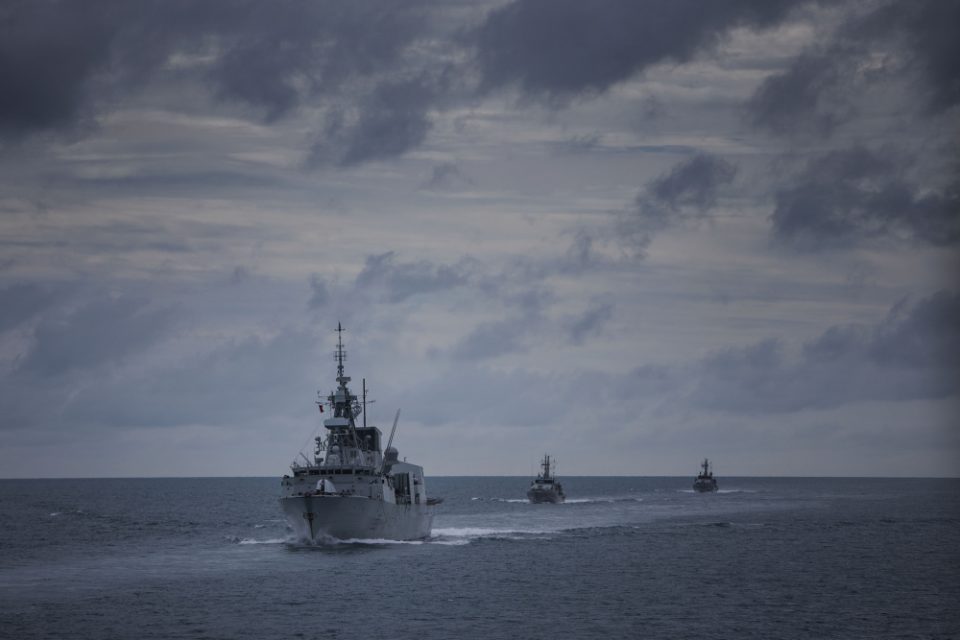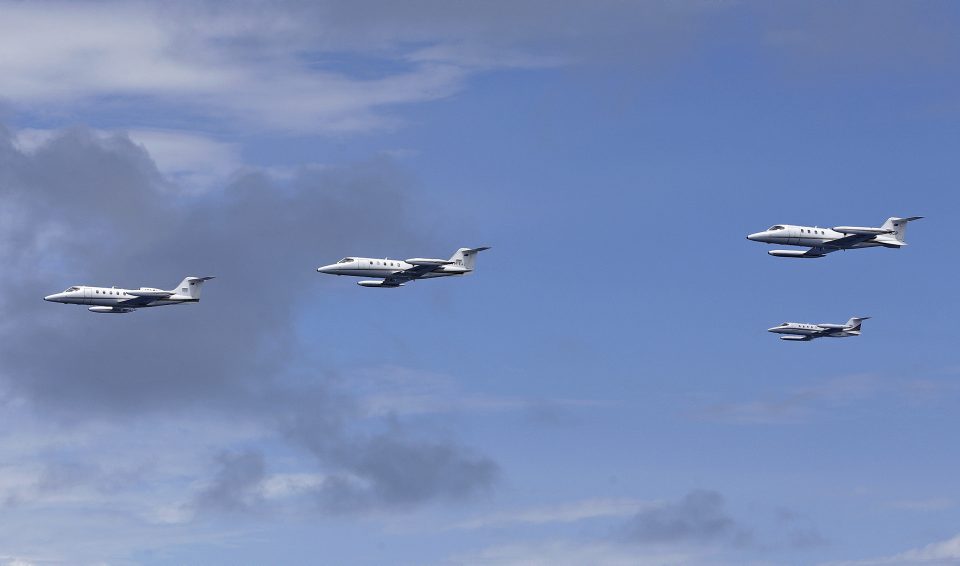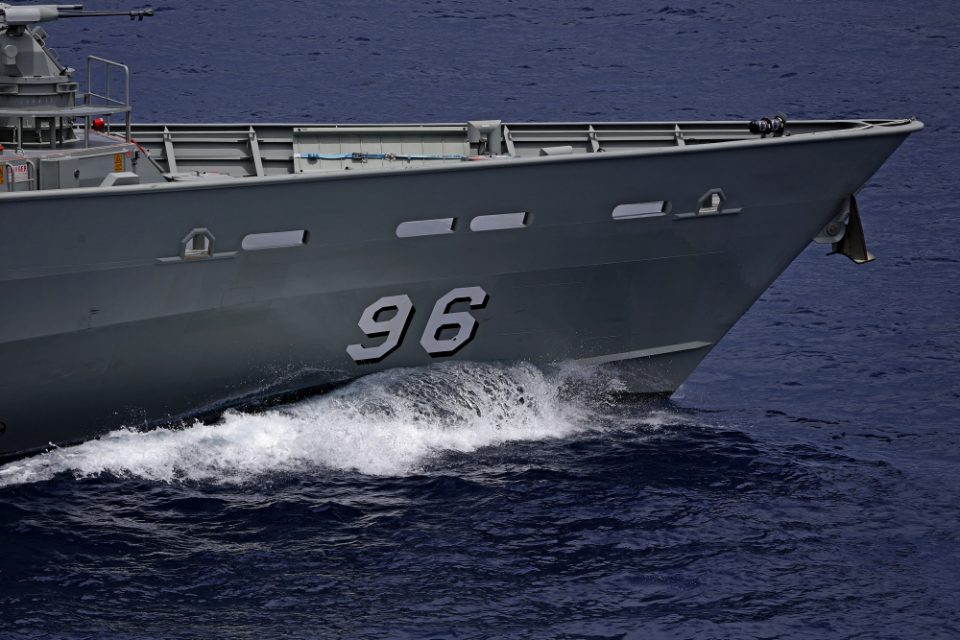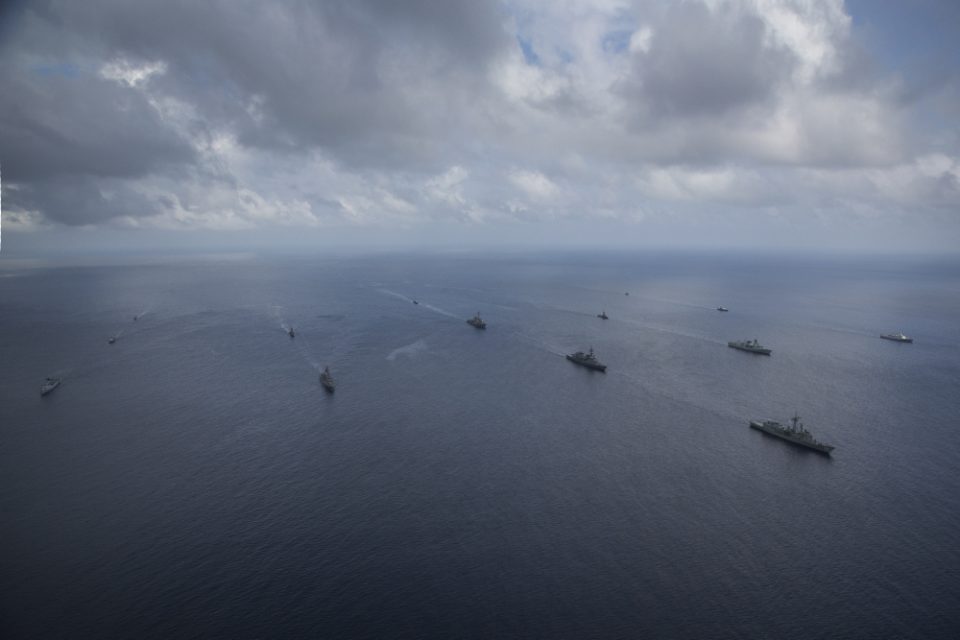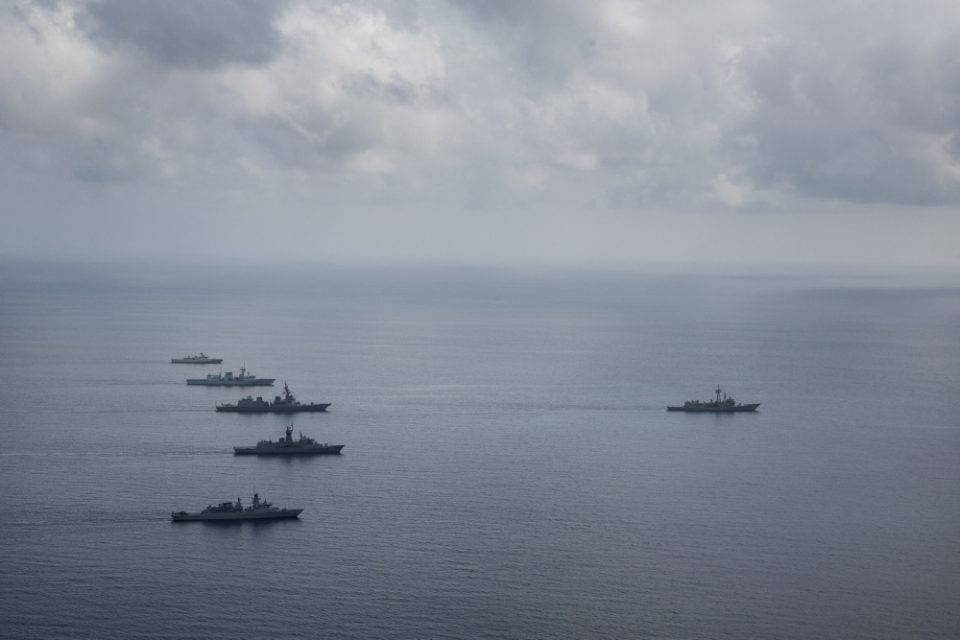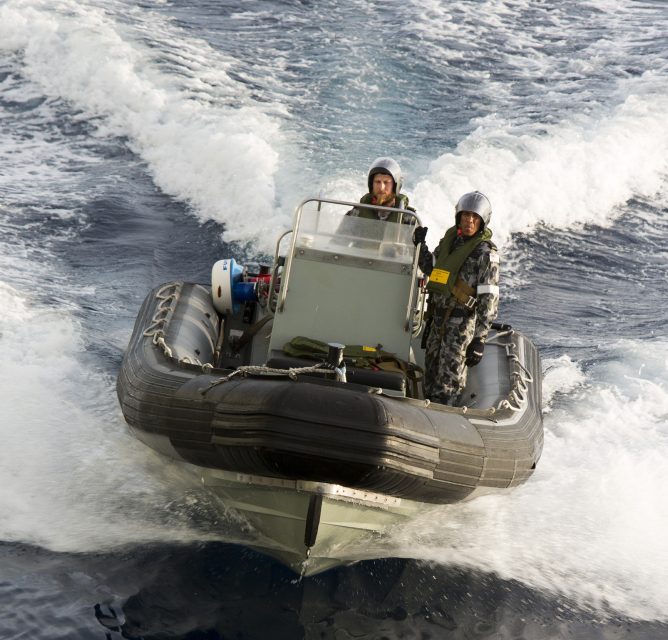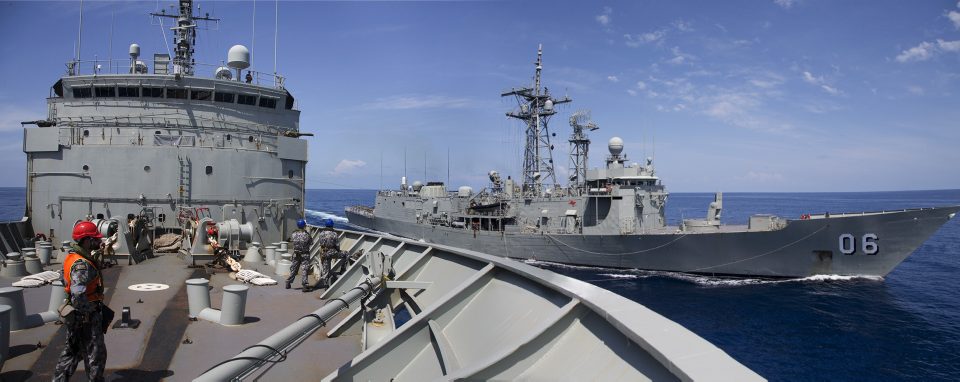2016-09-23 Exercise KAKADU has come to a close in the north of Australia with 19 ships and submarines showing Navy can rapidly deploy a large number of major fleet units and lead a multinational maritime force.
Navy has a constant presence in the seas around Australia and Exercise KAKADU provided an opportunity to enhance interoperability with partner nations, demonstrating a high-end warfighting capability in the region.
The Officer conducting Exercise KAKADU, Commodore Mal Wise, OAM, RAN, said the graduated training program was successfully achieved, with all nations receiving great benefit from the Exercise.
“Being able to project our forces from the north of Australia is a vital component of Australia’s maritime strategy.
“Exercise KAKADU proves that Navy is present, persistent and potent at sea.
“These types of exercises allow us to continually develop our tactics and improve our performance at sea alongside our partners to build understanding, capability and interoperability,” Commodore Wise said.
Anti-submarine warfare was a key feature of KAKADU 2016, with Australia deploying its new generation MH-60R Seahawk Romeo helicopters with dipping sonar, and the United States bringing a P-8A Poseidon maritime patrol aircraft.
Singapore also demonstrated its Scan Eagle Unmanned Aerial Vehicle capability.
Exercise KAKADU is Australia’s premier international maritime exercise, bringing together navies and air forces from the Asian, Pacific and Indian Ocean regions to test integration and war fighting abilities.
Exercise KAKADU will return to Darwin in 2018.
http://news.defence.gov.au/2016/09/23/exercise-kakadu-proves-potency-of-combined-forces/
The Australians are focused on the extended defense of Australia or what one might call their version of an anti-access or area denial strategy.
The Aussies are shaping a transformed military force.
It is one which is built around new platforms but working together across services to achieve a joint effect and able to operate in a joint manner in an extended battlespace.
It is about extending the defense perimeter of Australia and shaping, in effect, their own version of an anti-access area denial strategy.
They also recognize a key reality of 21st century military evolution in terms of shaping an integrated information-based operating force.
Interactive modernization of the force is built around decision-making superiority and that will come with an effective information dominant force.
Recently, the Williams Foundation of Canberra, Australia held its latest seminar on force integration, this one focused on air-sea integration. As Chief of Navy, Vice-Admiral Tim Barrett put it: “As we add new platforms, and modernize those we have the goal is not to build a joint force but an integrated one.”
https://sldinfo.com/new-approaches-to-air-sea-integration/
Notably, the Australians invited the US Navy to bring its P-8 to the exercise as part of the coalition effort, but also to anticipate the arrival of their own P-8s and Tritons, and to shape a way ahead for their joint force IN advance of receiving their own platforms.
Exercise KAKADU2016 Concludes from SldInfo.com on Vimeo.
According to the Australian Ministry of Defence:
Exercise KAKADU is a joint-enabled, biennial exercise hosted by the Royal Australian Navy (RAN) and supported by the Royal Australian Air Force (RAAF).
KAKADU is the Navy’s premier maritime exercise, developing interoperability between nations in the maritime and air domains, and providing training opportunities for maritime security and surveillance.
Exercise KAKADU, was held from 12 to 23 September 2016, will involve 19 ships and submarines, 18 aircraft and more than 3000 personnel from 19 Asia Pacific and Indian Ocean navies and air forces.
Participating nations include Australia, Canada, Fiji, France, India, Indonesia, Japan, Malaysia, New Zealand, Pakistan, Papua New Guinea, Philippines, Republic of Korea, Singapore, Thailand, Timor Leste, Tonga, United States of America, and Vietnam.
The slideshow above highlights photos provided by the Australian Ministry of Defence with regard to the exercise.


